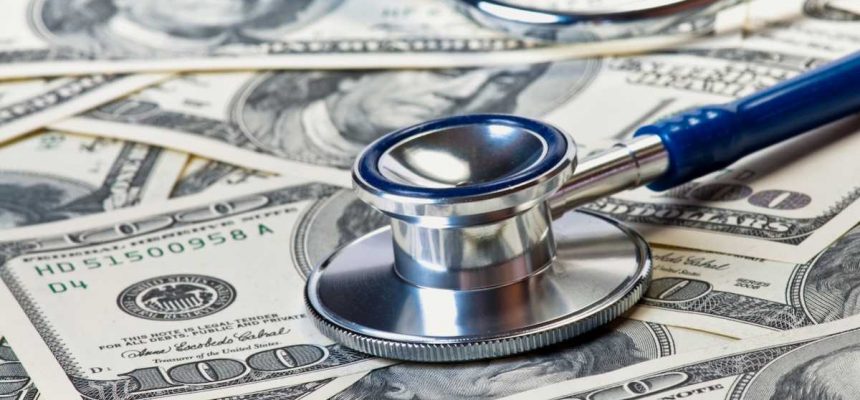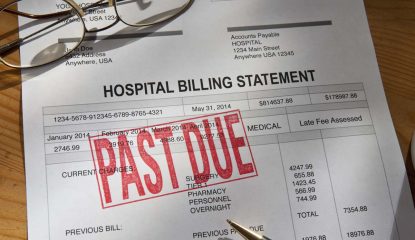New Study Highlights America’s Growing Medical Debt Crisis
By Consumers for Quality Care, on February 28, 2024

A study conducted jointly by KFF and the Peterson Center on Healthcare found that medical debt affects consumers of all incomes, according to reports by Axios and HealthPayerIntelligence. In total, 20 million Americans owe more than $220 billion in medical debt.
The study shows 1 in 12 adults have medical debt greater than $250, and that 70 percent of consumers with medical debt owe more than $1,000. Furthermore, the study found that consumers already in poor health or those suffering from chronic illnesses were likely to have higher rates of medical debt than healthy consumers. “People with complex health needs that require ongoing care can see medical bills pile up over time,” the report said. “Those in worse health or those living with disabilities may also experience unemployment or income losses.”
According to the report, consumers in southern states and in rural parts of the country are more likely to have difficulties paying medical bills. One reason for this is that many southern states have yet to expand Medicaid, and their refusal to do so has contributed to higher rates of medical debt.
This is not to say that the medical-debt crisis affects only consumers with lower incomes. Those with modest incomes and health insurance have not been shielded from the crisis, according to the report. A big portion of all consumers with fair or poor health have unpaid medical bills, including consumers who earn more than three times the federal poverty rate, the data show.
CQC urges lawmakers and the Biden administration to address the root causes of medical debt and protect consumers.




